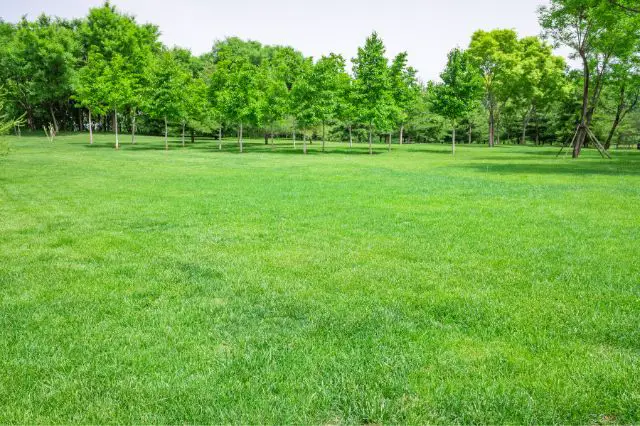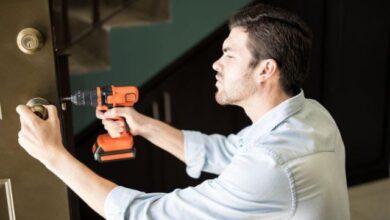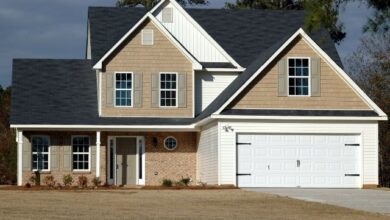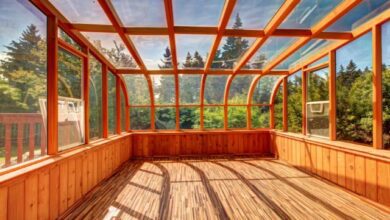Common Lawn Problems and How to Fix Them: A Troubleshooting Guide

A beautiful, lush lawn can really enhance your home’s curb appeal and provide a nice outdoor space for relaxing and entertaining. However, maintaining a healthy lawn takes work and vigilance. There are several common problems that can plague lawns, but the good news is that with proper lawn care and landscaping, these issues can usually be corrected.
In this troubleshooting guide, we’ll walk through six of the most common lawn problems homeowners face and provide tips on how to fix them. With a bit of effort and TLC, you can get your lawn looking its best.
Thatch Buildup
One issue that can occur is thatch buildup. Thatch is a tightly knotted layer of living and dead grass stems and roots that develops between the soil and green vegetation. Some thatch is normal, but too much can prevent water, air, and nutrients from reaching the soil and grass roots. It can cause the lawn to appear dry, thin, and unhealthy.
To remove excess thatch, rent a power rake or vertical mower and go over the lawn to remove debris. Aerate the lawn by punching holes to improve soil airflow and drainage. Apply a high-nitrogen fertilizer to stimulate microbial activity, which breaks down thatch. Overseed bare or thin areas. Maintaining proper mowing height, watering, and fertilizing can prevent thatch buildup. Consider dethatching the lawn each year prior to peak growing season.
Weed Infestation
Another common lawn problem is weeds such as dandelions, crabgrass, and clover invading the turf. Weeds compete with grass for resources and can leave unsightly patches in an otherwise healthy lawn if left unchecked.
The best defense is a thick, vigorous lawn that crowds out weeds. Fertilize in fall and spring to strengthen the grass. Overseed to fill in bare spots. Set your mower height on high since tall grass shades and outcompetes weeds. Hand-pull small infestations. For larger areas, spot-treat weeds with herbicide or use weed-and-feed products.
Compacted Soil
Soil compaction occurs when foot traffic and equipment compress the soil so that there are no pores for air, water, and nutrient intake. Compacted soils starve grass roots, make lawns prone to drought stress, and more hospitable to weeds.
To fix compaction, regular aeration is key. Use a core aerator that pulls plugs of soil out of the ground to create air channels. Do this in early fall when the grass is growing rapidly and can recover quickly. Topdressing with compost after aerating also helps loosen compacted soils. Avoid heavy traffic on the lawn when soil is very wet. Proper lawn care and landscaping techniques such as aeration and topdressing will relieve compacted soil issues.
Pet Urine Damage
Pets, especially dogs, can cause yellow or brown spots from urinating on the lawn. The high nitrogen in urine acts as a fertilizer and burns grass blades. The salts and acids in pet waste also leach into the soil, altering the pH balance.
To fix pet urine damage, flush the affected area thoroughly with water to dilute the nitrogen concentration and salts. Apply an acidic fertilizer to help neutralize the pH level. A gypsum or sulfur application can also help leach salts from the soil. Reseed or use sod to repair dead spots. Consider training pets to use one area of the lawn to concentrate damage in less visible areas. Discouraging urine in the same spot and prompt treatment of yellow spots will help minimize damage.
While it takes commitment to maintain a lush, weed-free lawn, diagnosing problems quickly and taking corrective action can keep your grass green and growing strongly. Pay close attention to your lawn’s condition through the seasons, and you can catch issues early before they escalate.





